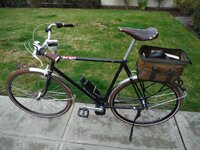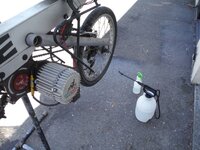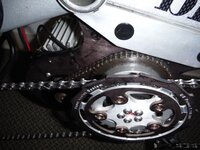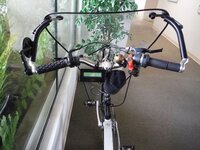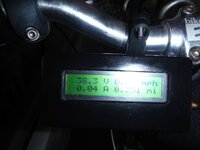I think with a hub motor you have limits, but for different reasons. With a mid drive, the mid pulls like hell on the chain, which pulls the chain and seatstays with it unless they are strong enough to resist. Duck soup for an emtb rear triangle. A road bike with Columbus tubing? Too big of an ask as we described above.
A hub motor is a different animal. It powers the bike thru the axle. That means in addition to it being a single-speed assist independent of the drivetrain (with the associated implications on hill climbing) it is putting rotational force on the dropouts in order for it to be able to spin forward. Just like the lightweight stays were not designed for a kilowatt of oomph, neither are the dropouts expecting to get enormous twisting forces applied to them, and if they are steel they will spread so they are no longer parallel, at which point the frame is literally ruined. If its an alloy frame, then the dropouts just snap instead of bending/spreading because aluminum.
The above is the worst case scenario. You counteract that unintended force with something known as a torque arm. And there are good quality ones and crappy ones. But either way a donor ebike is a more suitable donor if it has beefy parts on it. A proper old school lightweight road bike is not that, and as such you should limit it to a lower-power solution. And still do torque arms because there is (unless you have a frame building shop and jigs+brazing tools+spare dropouts) *no* coming back from dropouts that have spread past parallel and let the axle spin.
So short answer is yes I would go low power on a hub motor too if the donor is a quality road bike. Given my druthers I would do a dialed-back BBS02. Like I said I know of two hard-core cyclists who have done it and they were in love when they had it all dialed in.
